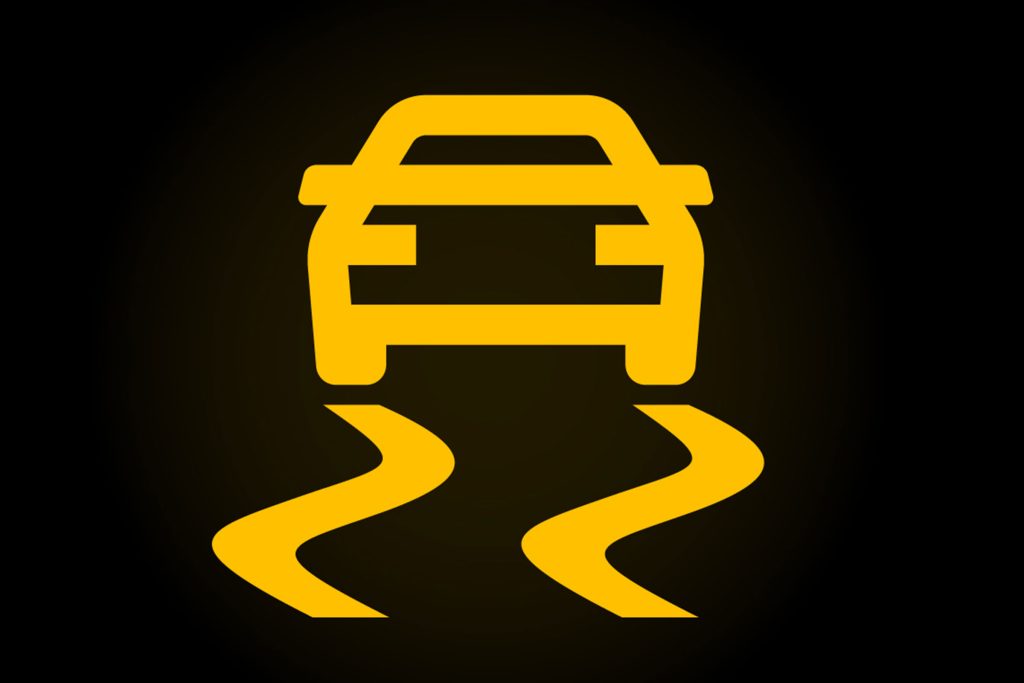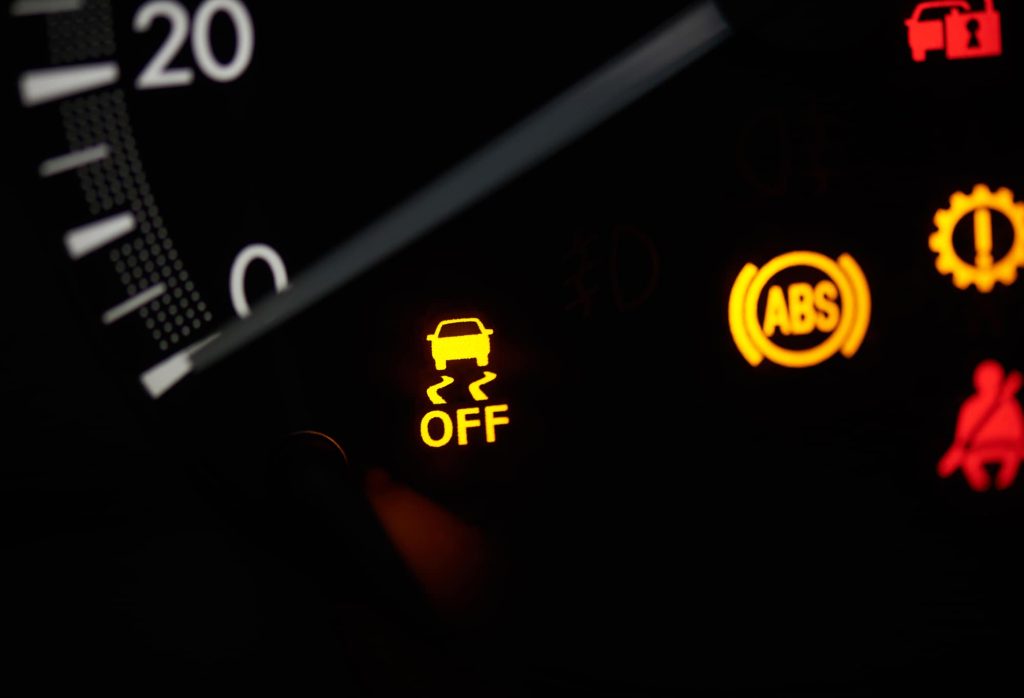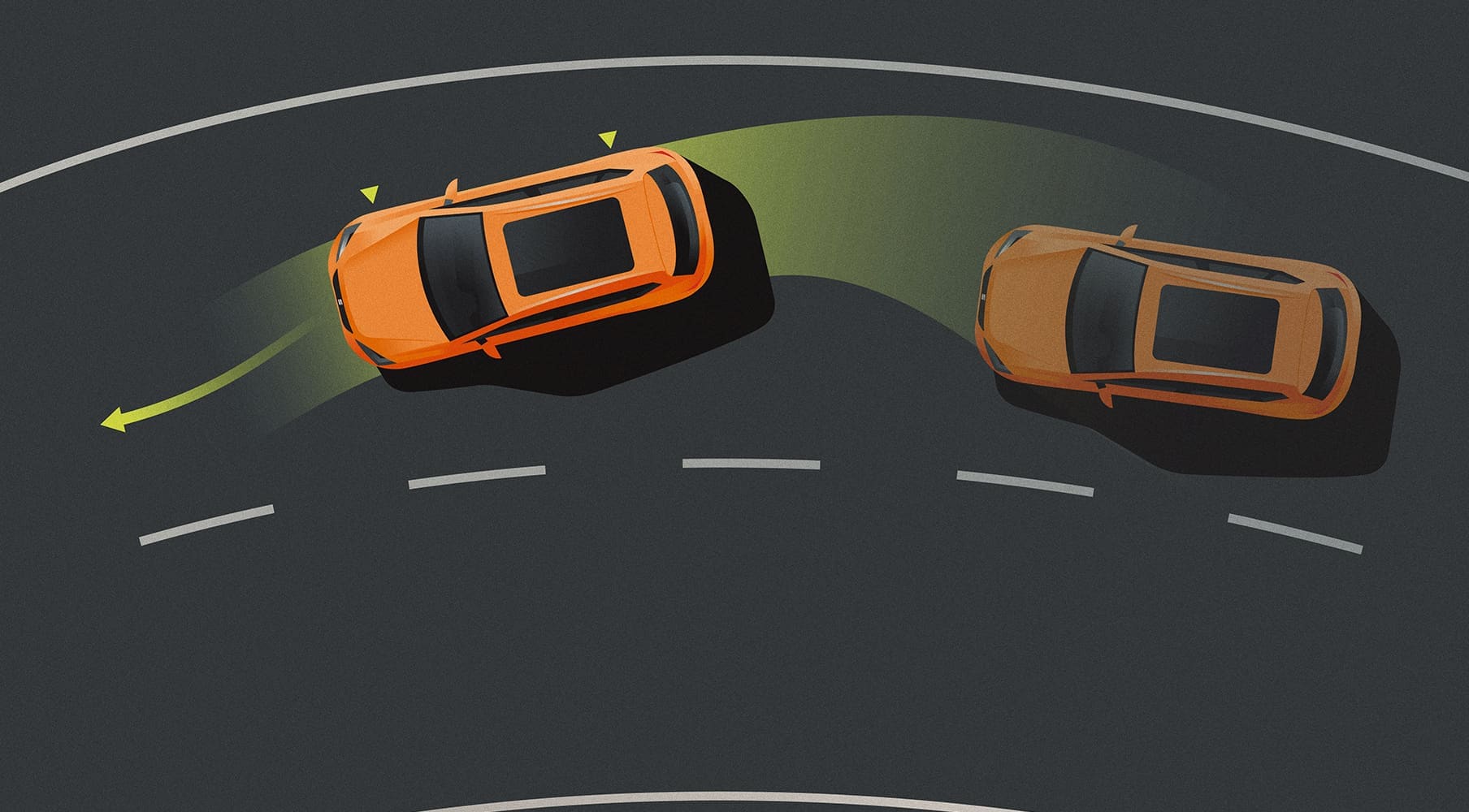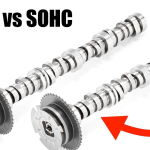
Driving during a rain or snowstorm can be a scary experience, especially when you have to worry about your car losing traction, hydroplaning, or worse, potentially crashing.
Traction also comes into play if you’re driving around a steep curve or on icy roads. Those conditions could significantly impact the traction of your tires. While nearly every car has an anti-lock braking system (ABS) light that comes on to notify you when you are losing traction, engineers found a way to help prevent losing traction at all. This advancement comes in the form of traction control.
This article will help you understand traction control, how it works, and how to use it so you can learn how to drive to all your destinations safely.
What Is Traction Control?
Traction control, also known as “TC,” is an active safety feature that helps to keep a car’s grip between the tires and the road in slippery or dangerous conditions. The safety feature maintains a car’s traction by limiting how much the wheels can spin, making it easier to stay connected to the surface you’re driving on.
Since 2012, traction control is a standard safety feature on cars sold in the United States. While it can be turned on and off whenever the driver desires, there are a few instances where it needs to be turned off. It is much safer to leave it on when possible.
How Does Traction Control Work?
Traction control is a pretty simple concept, yet it is very effective. It is a system that has active sensors in each of your four wheels, called yaw sensors. The sensors monitor each of your tries. While monitoring, the sensors keep a careful eye on both the speed of the vehicle and what the tires are doing.
If any of the tires spin faster than what speed the car is going, that tire will begin to lose traction — which could lead to skidding or hydroplaning. This is where traction control steps in to avoid either from happening.
Traction control will activate if a tire spins too fast and will automatically slow its speed. This helps your car to regain traction. When it kicks in, you might feel a bit of a jerk in the car. But that just means that the safety feature is doing its job.
However, traction control does not work alone. You may have noticed your ABS light engaging. Anti-lock braking helps stop your car from skidding, but in a different way. This system makes sure that your wheels continue to spin when you brake and that they don’t lock up on you. If the wheels were to lock up, then you could lose control over your car.
When to Use Traction Control
Traction control is a feature that can be on all the time — even if the weather conditions do not present a hazard. It is set to on by default when you start your car. You can turn off the safety feature, but there are a few reasons why you should. In fact, there are some situations where it is crucial your traction control remains activated. In driving instances where you get caught in heavy rain, snowy or icy conditions, or even surfaces where the ground may feel loose, traction control will make a big difference in maintaining your safety.
Traction control can be beneficial when driving around curves in dangerous weather conditions. Making a sharp turn on a regular, non-hazardous surface can also lead to a loss of traction. Traction control can be the difference between staying on the road and crashing your car due to skidding when the roads are wet or icy.
So, it’s best to leave your traction control on whenever you face hazardous road conditions. And even if conditions don’t seem dangerous, we still recommend that you leave it on to be safe, except in the rare instances you need to turn it off.
What’s the Difference Between Traction and Stability Control?
Stability control is a lesser-known safety feature. But it’s still there, and it’s helping to keep you safe while driving.
So while traction and stability control aren’t the same things, they do go hand in hand to ensure a safe driving experience. They both use the same sensors on all four wheels, along with the ABS already in your car. But how do they differ?
Stability control helps to keep your car stable and driving in the direction you want to steer it. While this sounds simple, it’s actually a pretty complex system. While using the multiple sensors in your wheels, the stability control system adds a few extra sensors to the mix and uses the computer in your vehicle. The sensors and computer work together to find the intentions of the car’s motion versus the vehicle’s actual motion. If the two don’t align, the stability control will help to stabilize the movement and go where you intended.
Similar to how traction control automatically applies the brakes to a wheel that is spinning too fast, the stability control system will also apply the brakes to a wheel that is not doing the intended movement.
Stability control also became mandatory in all cars in 2012.
What Does the Traction Control Warning Light Indicate?

The TC light means multiple things depending on what the image shows. If the light is the image of the car with skid marks behind it, that means the feature is doing its job to keep you safe. On the other hand, if you see a triangle with TC in it with a line through it, you may have a problem with the system. Both of these TC lights will appear on the dashboard.
When the traction control light comes on while driving, you’ll need to take caution. This safety feature typically means that the car’s traction control is being used, indicating that your vehicle briefly lost grip going around a sharp curve, driving on wet pavement, or the like. However, there are many more reasons why the light comes on.
For example, you could accidentally hit the button that switches it off. Remember, traction control is always on unless switched off. When it is switched off, the light may come on, but this varies from car to car.
If you have not touched anything or lost traction briefly, then it’s most likely just because you knocked your sensors out of place. Running over a curb, hitting a pothole, or any other type of impact could knock your sensors out of alignment, causing the light to come on.
While all of these are possibilities, every car is different, and it would be in your best interest to read the owner’s manual to understand your traction control light fully. If the light switches on for no reason, use our tips below and check your car warranty. Some manufacturers’ powertrain warranties may cover this type of repair if it has not yet expired.










